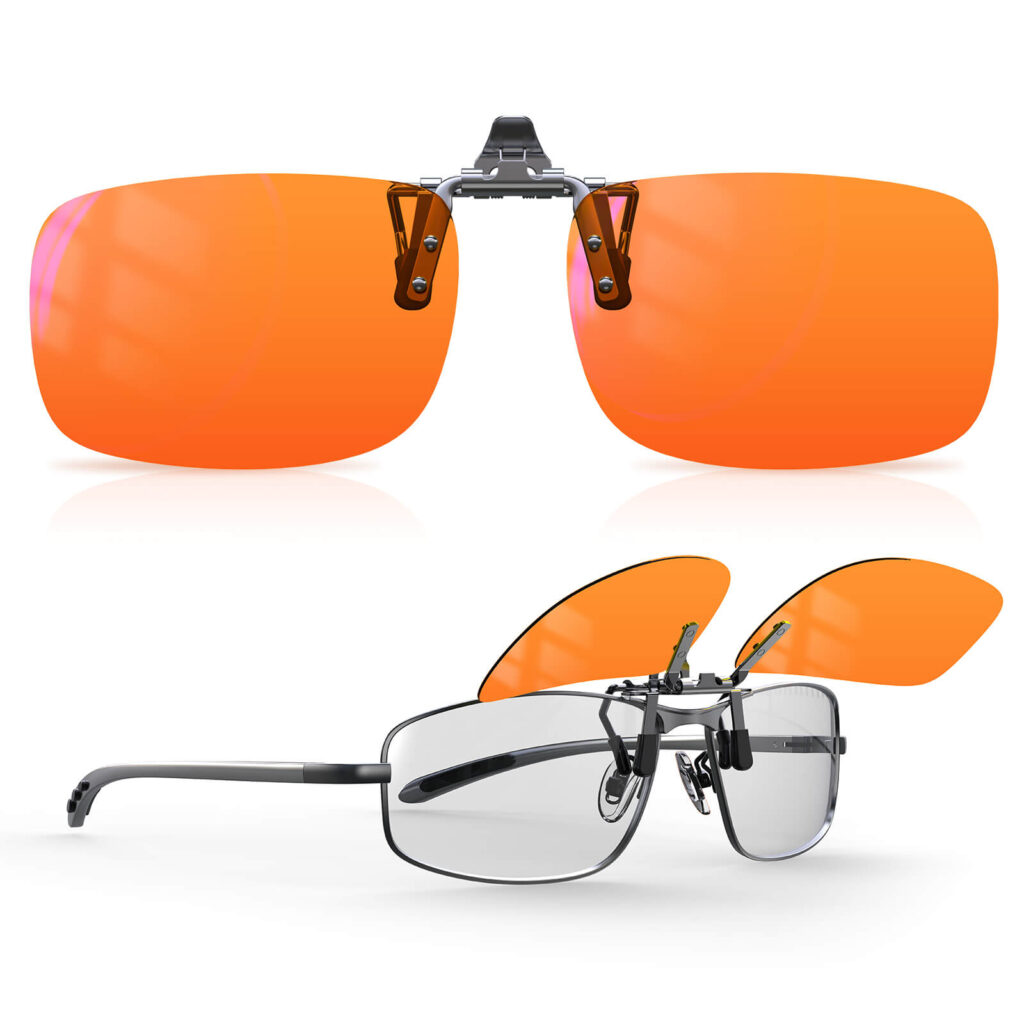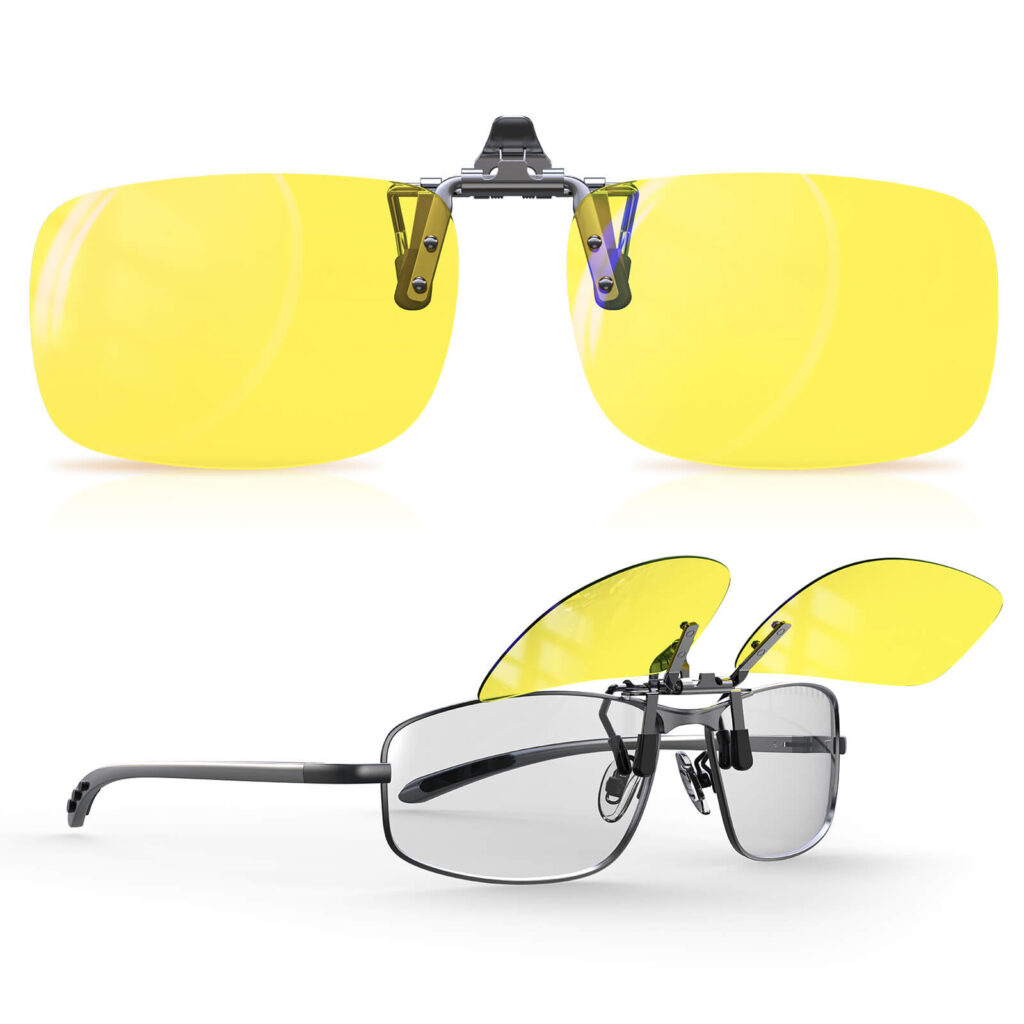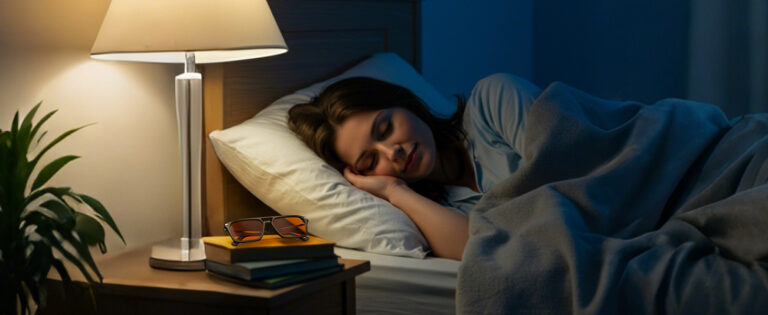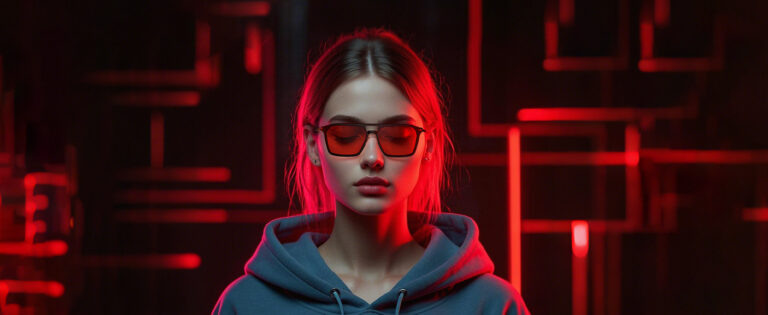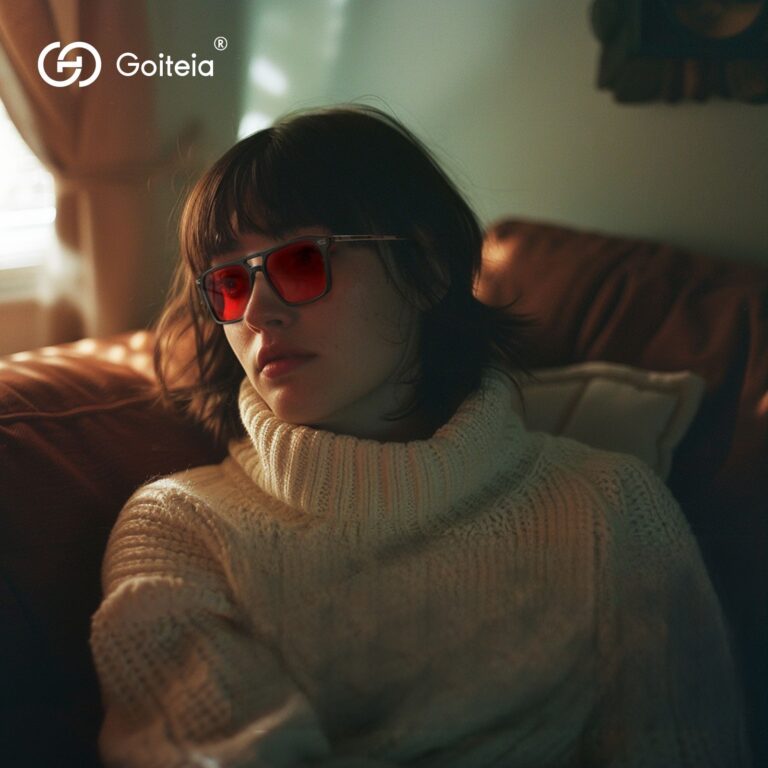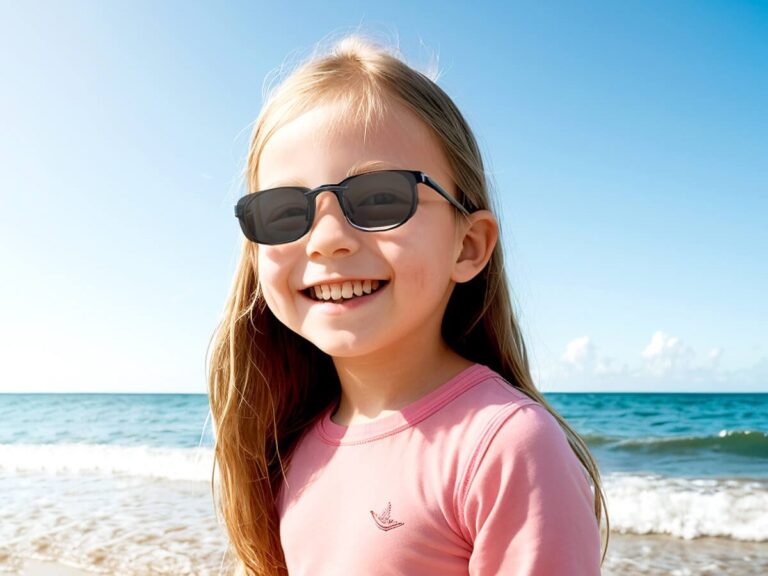Free UK/DE/FR/IT/ES/US Shipping SHOP NOW
In our increasingly digital world, blue light has become a significant player in how we experience daily life. From the screens we can’t seem to put down to the artificial lights that keep us going, blue light is everywhere. But is it a real concern, and if so, what can we do about it? Enter blue light blocking glasses, a popular tool designed to help mitigate the effects of this ubiquitous light. In this article, we’ll dive into what blue light is, where it comes from, and how blue light blocking glasses can offer relief, especially if used correctly.
Defining Blue Light
So, what exactly is blue light? Blue light is a type of visible light with short wavelengths, ranging from about 380 to 500 nanometers. It’s known for its high energy and intensity. Imagine blue light as the energetic kid on the playground—constantly moving and full of vitality. While it helps regulate our sleep-wake cycles and boosts our mood, excessive exposure, especially from digital screens, can lead to eye strain and disrupt our sleep patterns.
Typical Sources of Blue Light
Digital Devices
Computers: Whether you’re typing up reports or catching up on emails, your computer screen is a significant source of blue light. If you’re like most people, you spend a considerable portion of your day staring at a screen, which can lead to digital eye strain. If you find yourself rubbing your eyes or experiencing headaches after long periods at your computer, you’re not alone.
Smartphones and Tablets: These handy devices are constantly emitting blue light. From scrolling through social media to watching videos, the more time you spend on your smartphone or tablet, the more blue light you’re exposed to. This can be particularly challenging when you use these devices late into the evening.
Televisions: Modern LED TVs are also culprits, especially with their high-definition displays. If you’re binge-watching your favorite series or catching up on movies, your TV is adding to your blue light exposure.
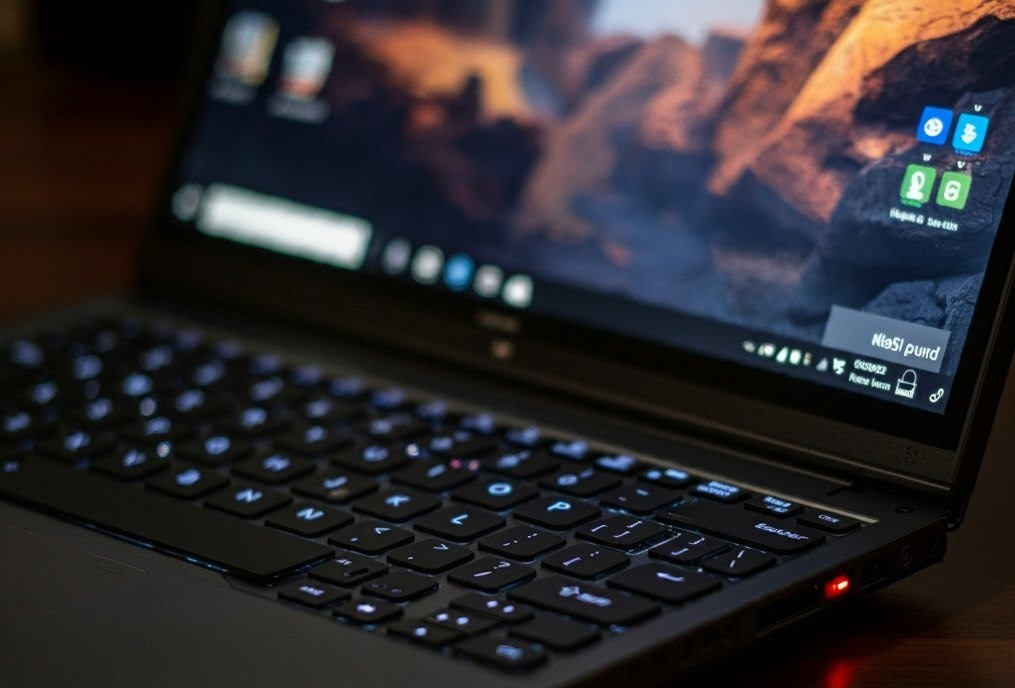
Artificial Lighting
LED Lights: Used everywhere from home to office, LEDs are known for their energy efficiency. However, they emit a higher proportion of blue light compared to traditional bulbs. If your workspace or living area is lit primarily by LEDs, your blue light exposure could be higher than you realize.
Fluorescent Lights: Common in office environments and schools, fluorescent lights also contribute to blue light exposure, though generally to a lesser extent than LEDs.
Sunlight
The sun is the most natural source of blue light. During the day, it helps regulate our circadian rhythms and keeps us alert. However, excessive exposure to sunlight, particularly when transitioning to indoor lighting, can contribute to eye strain.
Overview of Different Types of Blue Light Blocking Glasses
Not all blue light blocking glasses are created equal. Here’s a quick rundown of the most common types:
Standard Blue Light Blocking Glasses
These are your typical blue light glasses designed to filter out a portion of blue light emitted by digital screens and artificial lights. They usually come with a coating that absorbs or blocks blue light, reducing glare and helping to alleviate digital eye strain. Standard glasses are a great all-around choice for daily screen use and general blue light exposure.
Clip-On Blue Light Blocking Glasses
If you already wear prescription glasses, clip-on blue light blocking lenses can be a convenient option. These clips attach to your existing glasses and provide an additional layer of blue light protection. They are a cost-effective solution for those who want to enjoy the benefits of blue light blocking without investing in a separate pair of glasses.
When to Use Blue Light Blocking Glasses
While Using Digital Devices
Extended Computer Use: If your daily routine involves extended periods on a computer, such as during office work or studying, wearing blue light blocking glasses can help alleviate symptoms of digital eye strain. For instance, if you spend 8 hours a day working on spreadsheets or writing reports, these glasses can reduce glare and help keep your eyes comfortable.
Smartphone and Tablet Usage: If you frequently use smartphones or tablets for browsing, messaging, or gaming, blue light blocking glasses can reduce the impact of screen glare and blue light exposure. For example, if you spend several hours a day using social media or watching videos on your tablet, these glasses can help mitigate the strain.
Before Going to Sleep
Wind-Down Period: Integrate blue light blocking glasses into your pre-sleep routine if you use electronic devices in the evening. For instance, if you watch TV or read on an e-reader before bed, wearing these glasses can help maintain healthy sleep patterns by reducing blue light exposure.
Relaxation Techniques: Use blue light glasses as part of your relaxation routine to help prepare your body for sleep. This is beneficial if you tend to engage in late-night activities on screens.
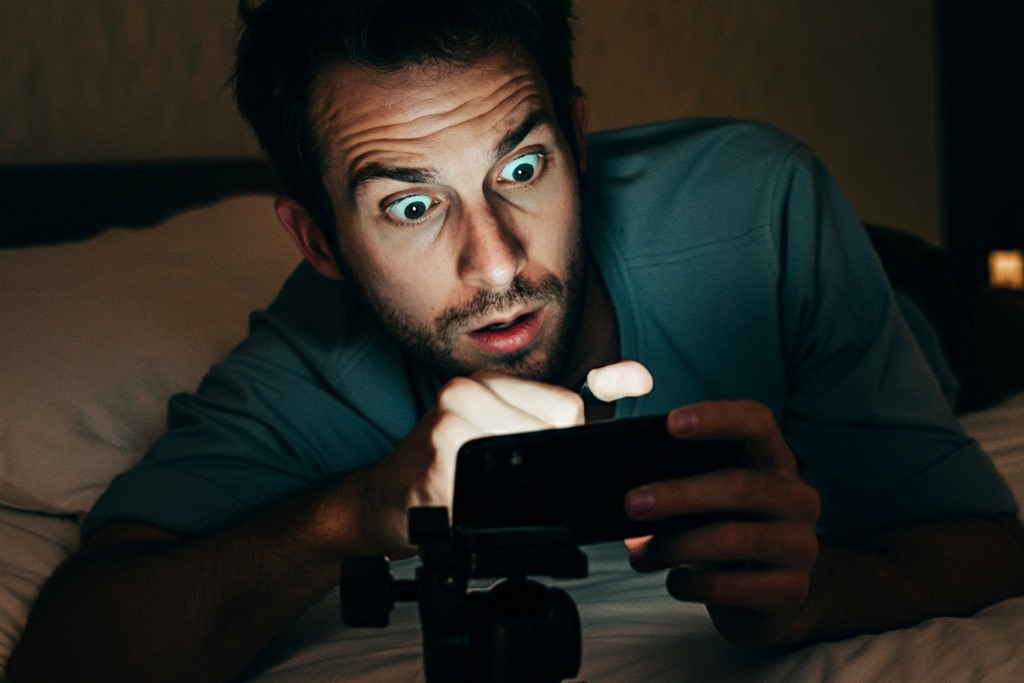
In Different Lighting Environments
Artificial Lighting: If you’re working or relaxing under artificial lighting such as LEDs or fluorescent lights, blue light blocking glasses can help reduce eye strain. For example, if you work late under bright office lights, these glasses can ease the discomfort associated with prolonged exposure. Use blue light glasses in environments with high-intensity task lighting, such as in a study or workshop, to help manage glare and protect your eyes during focused activities.
Indoor and Outdoor Settings: Blue light blocking glasses are effective indoors, especially when transitioning from natural daylight to artificial light sources. If you spend significant time indoors using screens or under bright lighting, these glasses can help manage eye strain and maintain comfort. While outdoor blue light exposure from sunlight is natural, managing indoor blue light with glasses helps balance your overall exposure, which can be beneficial for eye health.
Creating the Habit of Wearing Blue Light Blocking Glasses
Consistent Use Throughout the Day
Establish a Routine: Make it a habit to wear your blue light glasses whenever you start using digital devices. For instance, put them on first thing in the morning before you begin work on your computer or smartphone. This consistent use helps maintain a protective barrier against blue light throughout your workday and leisure time.
Set Reminders: If you tend to forget, set reminders on your phone or calendar to prompt you to put on your glasses at specific times, such as when you start your workday or during evening screen time.
During Digital Work Sessions
Incorporate into Workflows: If you work in front of a screen for extended periods, integrate your blue light glasses as part of your workflow. Keep them on your desk or near your workstation so you can easily grab them whenever you start a new task or project.
Combine with Breaks: Alongside wearing your glasses, follow the 20-20-20 rule to reduce eye strain. For example, every 20 minutes, take a 20-second break to look at something 20 feet away. This practice helps give your eyes a rest and complements the protection offered by your blue light glasses.
Pre-Sleep Routine
Wind Down Early: If you tend to use devices in the evening, start your pre-sleep routine by wearing your blue light glasses at least an hour before bed. This could include activities like reading on your tablet or watching TV. By reducing blue light exposure before bedtime, you support your body’s natural sleep cycle.
Create a Relaxing Environment: Use your glasses in combination with other relaxation techniques, such as dimming the lights and avoiding stimulating activities. This can help you unwind more effectively and prepare your body for a restful night’s sleep.
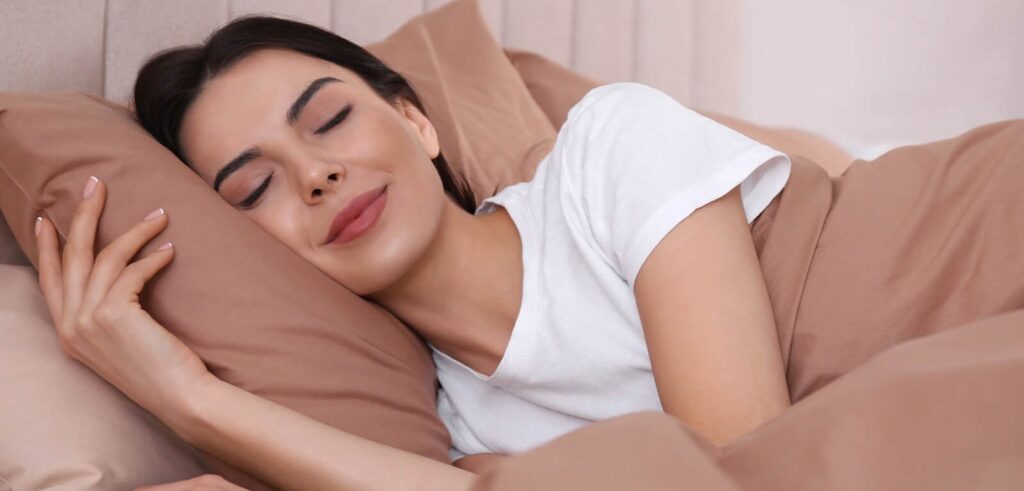
Regular Maintenance and Care of Blue Light Blocking lenses
Routine Cleaning: Keep your blue light blocking glasses clean by using a microfiber cloth and lens cleaner. Regular cleaning prevents smudges and ensures clear vision. Dirt and fingerprints can affect the effectiveness of the blue light blocking coating, so make cleaning a habit.
Check for Damage: Periodically inspect your glasses for any signs of damage, such as scratches or loose hinges. If your glasses are damaged, it can compromise their effectiveness, so consider having them repaired or replaced as needed.
Evaluate Effectiveness After incorporating blue light glasses into your routine, evaluate their impact on your eye comfort and overall well-being. If you still experience issues, consider adjusting your usage habits or consulting with an eye care professional to ensure you’re getting the most benefit from your glasses.
Conclusion
Implementing these glasses effectively into your daily routine can make a significant difference. Whether you’re working long hours on a computer, winding down before bed, or managing exposure in various lighting environments, blue light blocking glasses can be a valuable ally.
By creating habits, adjusting your environment, and maintaining your glasses, you can maximize their benefits and enjoy a more comfortable and healthier visual experience. Embrace these simple yet impactful practices to safeguard your eyes and promote better sleep, ultimately leading to a more balanced and fulfilling daily life.
FAQs
What is blue light and why is it important to block it?
Blue light is a type of high-energy visible light that is emitted from digital screens and artificial lighting. While it helps regulate our sleep-wake cycles and boost mood, excessive exposure can lead to eye strain and disrupt sleep patterns. Blue light blocking glasses filter out this light, reducing discomfort and potential sleep disturbances.
How can blue light blocking glasses help with digital eye strain?
Blue light blocking glasses help by filtering out the blue light emitted from screens, which reduces glare and minimizes eye strain. This can make long periods of computer or smartphone use more comfortable and reduce symptoms like headaches and dry eyes.
When should I start using blue light blocking glasses for the best results?
For optimal benefits, start using blue light blocking glasses whenever you engage with digital devices, especially during extended screen time. Additionally, wearing them during your pre-sleep routine can help reduce blue light exposure and support healthier sleep patterns.
Can blue light blocking lenses be used with prescription glasses?
Yes, clip-on blue light blocking lenses are available for those who already wear prescription glasses. These clips attach to your existing glasses, providing an extra layer of blue light protection without the need to purchase a separate pair.
How should I care for my blue light blocking glasses?
Regularly clean your glasses with a microfiber cloth and lens cleaner to remove smudges and maintain clarity. Check for any damage, such as scratches or loose hinges, and have them repaired or replaced if necessary to ensure they continue to provide effective protection.


